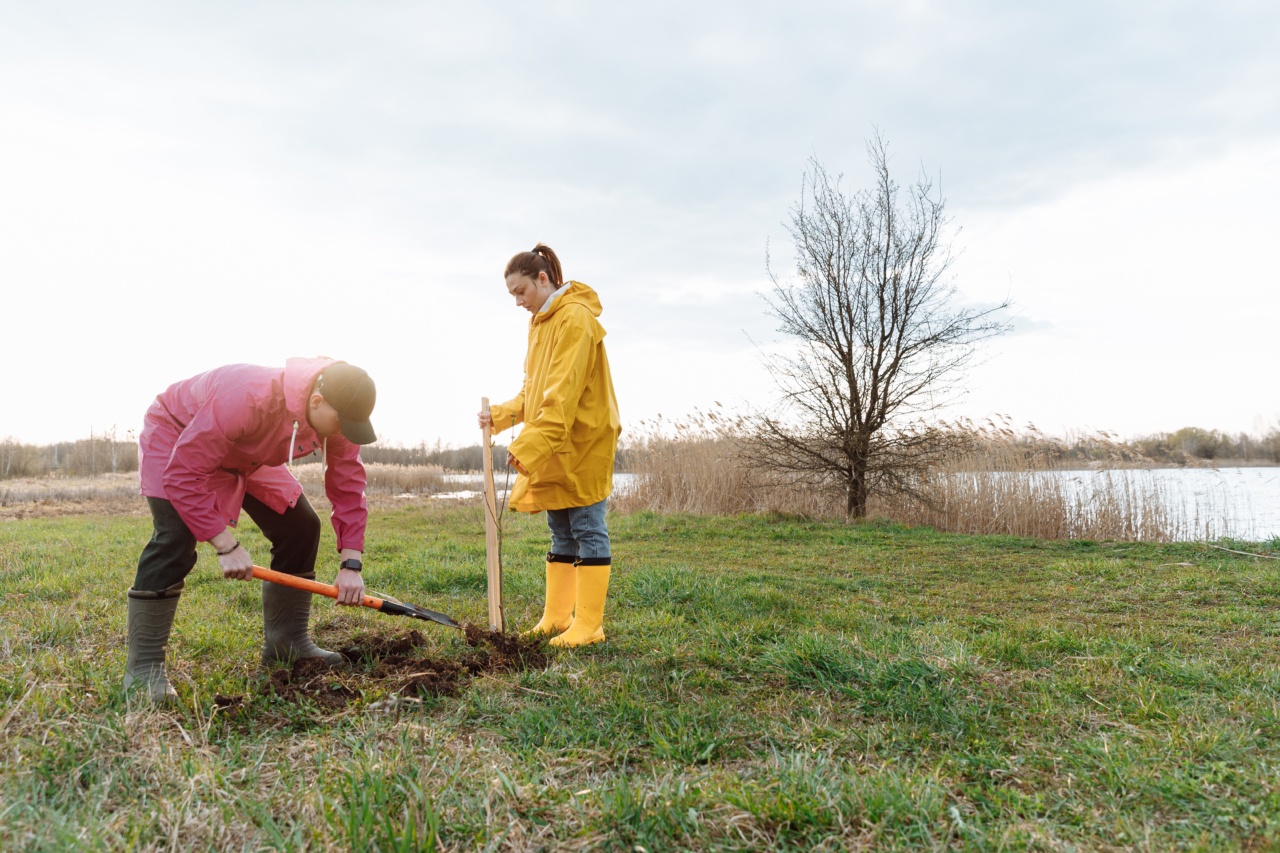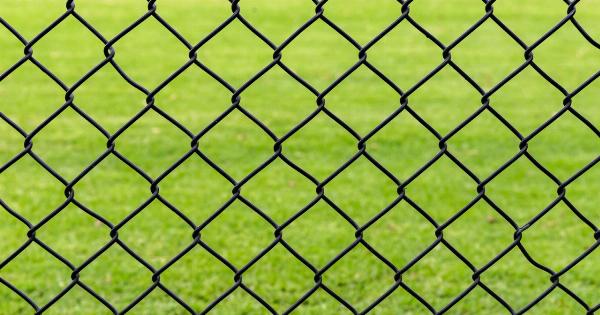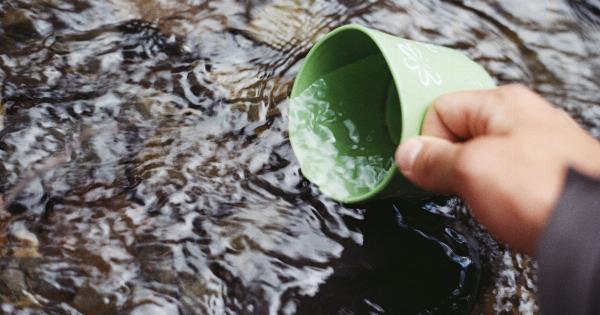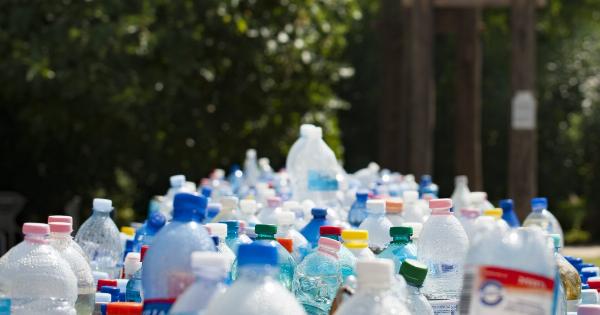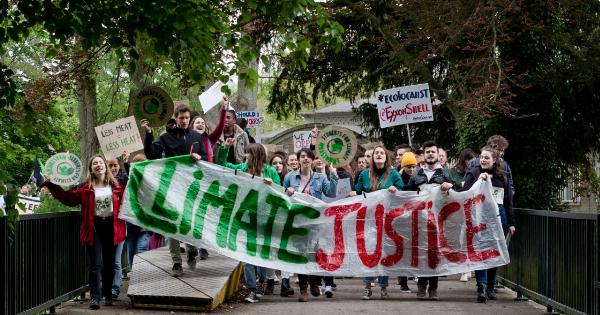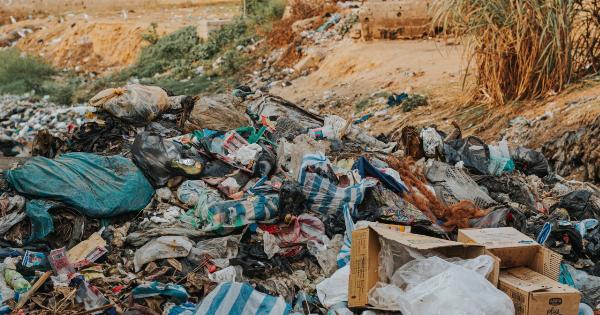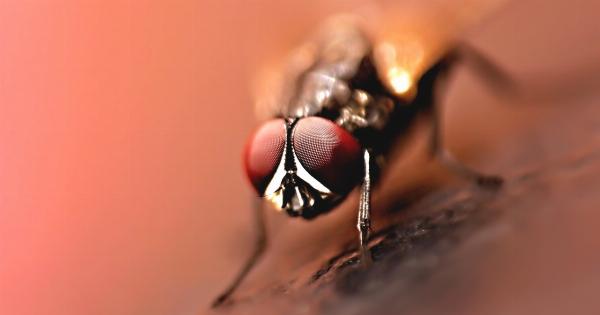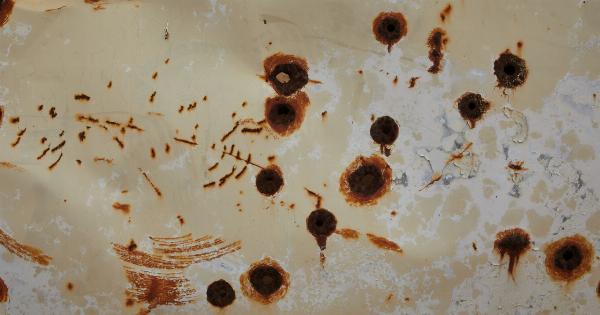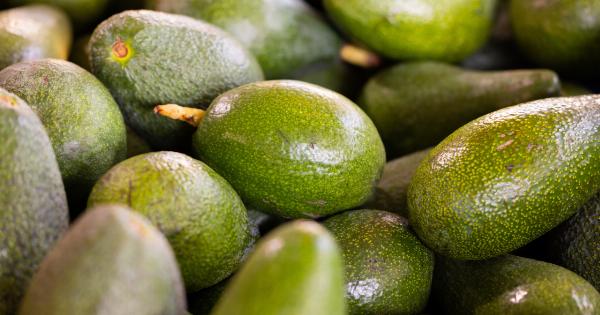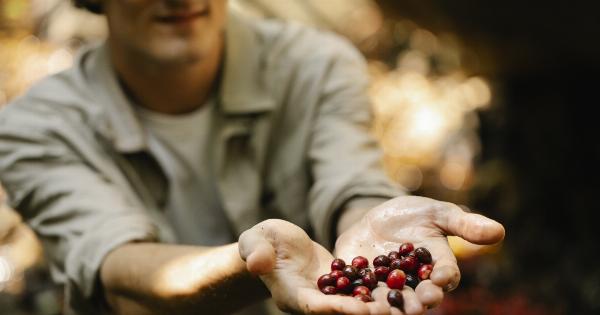Our planet is a delicate ecosystem that sustains a wide variety of life. However, in recent years, humans have been threatening the health of our environment with various activities such as pollution, deforestation, and climate change.
In this article, we will explore the importance of safeguarding our soil and discuss ways in which we can protect this valuable resource.
The Importance of Soil
Soil is essential for the growth of plants, which in turn provide food for humans and animals. Soil is also important for the cycling of nutrients and the filtering of water.
Healthy soil is rich in organic matter, minerals, and microorganisms that support plant growth and promote biodiversity.
Unfortunately, soil is under threat from a range of activities that include deforestation, erosion, and pollution. These activities can cause soil degradation, which reduces soil fertility and threatens the survival of ecosystems that depend on soil.
It is, therefore, essential that we protect our soil and take steps to ensure its long-term health and sustainability.
Soil Protection Strategies
There are several strategies that we can adopt to protect our soil from degradation. Some of these strategies include:.
1. Conservation Agriculture
Conservation agriculture involves practices such as minimum tillage, crop rotation, and the use of cover crops to maintain soil health. These practices help to reduce erosion, improve soil structure, and promote water infiltration.
Conservation agriculture has been shown to increase crop yields and reduce the need for fertilizers and pesticides, which can be harmful to the soil and the environment.
2. Composting
Composting is a process of decomposing organic waste such as food scraps and yard waste into a rich soil amendment that can be used to improve soil health. Compost improves soil structure, provides nutrients to plants, and helps to retain moisture.
Composting also reduces the amount of waste that goes to landfill, which helps to reduce greenhouse gas emissions.
3. Terracing
Terracing involves the construction of stepped ridges on steep slopes to reduce soil erosion and improve water retention. Terracing is commonly used in agricultural areas to prevent soil erosion and promote crop growth.
Terracing can also be used in residential settings to prevent soil erosion on sloped property and create flat areas for gardening.
4. Soil Testing
Soil testing involves analyzing soil samples to determine nutrient levels and soil pH. Soil testing is essential for determining the health of the soil and identifying any deficiencies that need to be addressed.
Soil testing can also help to determine the appropriate amount of fertilizer to use, which helps to prevent over-fertilization, which can be harmful to the soil and the environment.
Conclusion
Safeguarding our soil is essential for the health of our planet. Soil degradation can lead to decreased crop yields, loss of biodiversity, and increased soil erosion.
By adopting soil protection strategies such as conservation agriculture, composting, terracing, and soil testing, we can ensure that our soil remains healthy and sustainable for future generations.
